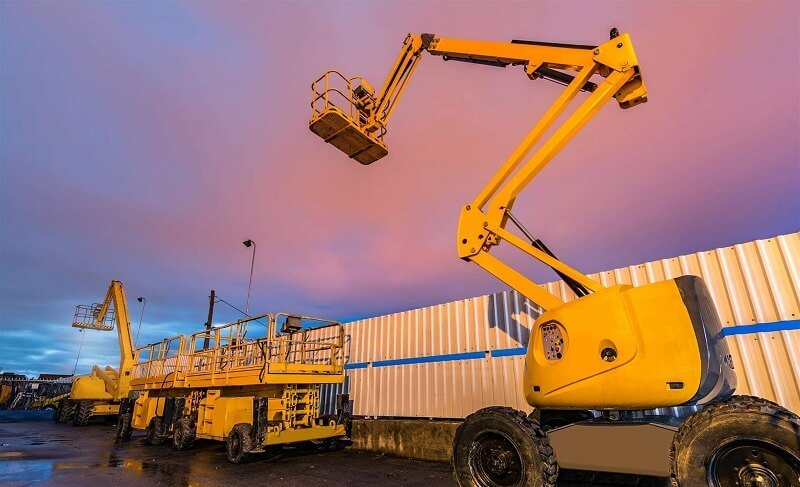Vertical mast lifts have become indispensable equipment in various industries, providing safe and efficient access to elevated work areas. However, selecting the right vertical mast lift for sale for a specific task requires careful consideration of several factors. Making an informed decision can significantly impact the productivity, safety, and overall success of a project.
Height And Reach Requirements
Vertical mast lifts come in various sizes, and each model has a specific maximum working height and outreach capacity. Assess the vertical distance you need to reach and ensure that the lift you choose can comfortably accommodate the required height. Additionally, consider any obstacles or barriers that may affect the reach, such as overhead structures or narrow spaces.
Weight Capacity
Another crucial consideration is the weight capacity of the vertical mast lift. Each lift model has a specified maximum weight limit for both the platform and the overall lift. Evaluate the weight of the workers, tools, and materials that will be used on the platform. It is essential to choose a lift that can safely support the combined weight to ensure optimal safety and prevent equipment failure.
Platform Size And Configuration
The size and configuration of the platform can significantly impact the efficiency and comfort of the operators. Evaluate the space required to perform the task and choose a lift with an appropriate platform size. Consider the number of workers who will be operating from the platform simultaneously and ensure that it can comfortably accommodate them. Additionally, assess the need for any specialized features on the platform, such as extension decks or material racks, based on the nature of the task.
Power Source And Mobility
Vertical mast lifts can be powered by various sources, including electricity, diesel, or battery. Each power source has its advantages and limitations. Assess the availability of power sources at the work site, as well as any restrictions or regulations regarding noise or emissions. Consider the mobility requirements of your task and choose a lift that offers the necessary maneuverability, such as models with four-wheel drive or compact dimensions for easy navigation in confined spaces.
Environmental Considerations
When selecting a vertical mast lift, it is crucial to consider the specific environmental conditions in which the equipment will be used. For outdoor applications, consider lifts with features like rough-terrain tires, weatherproofing, or stabilizers to ensure stability on uneven surfaces. In indoor settings, opt for lifts with non-marking tires or low-noise operation to prevent damage or disruption.
Safety Features
When deciding on a vertical mast elevation, safety should always take precedence. Look for lifts that offer robust safety features such as guardrails, emergency descent mechanisms, and overload sensors. Ensure that the lift complies with relevant safety standards and regulations. Additionally, consider the availability of safety training and support from the equipment provider to ensure proper usage and minimize the risk of accidents.
Conclusion
Choosing the right vertical mast lift for a specific task requires careful evaluation of several factors. By considering the height and reach requirements, weight capacity, platform size and configuration, power source and mobility, environmental considerations, and safety features, you can make an informed decision that enhances productivity and safety. Remember to consult with experts, equipment providers, and industry professionals for guidance tailored to your specific task.


